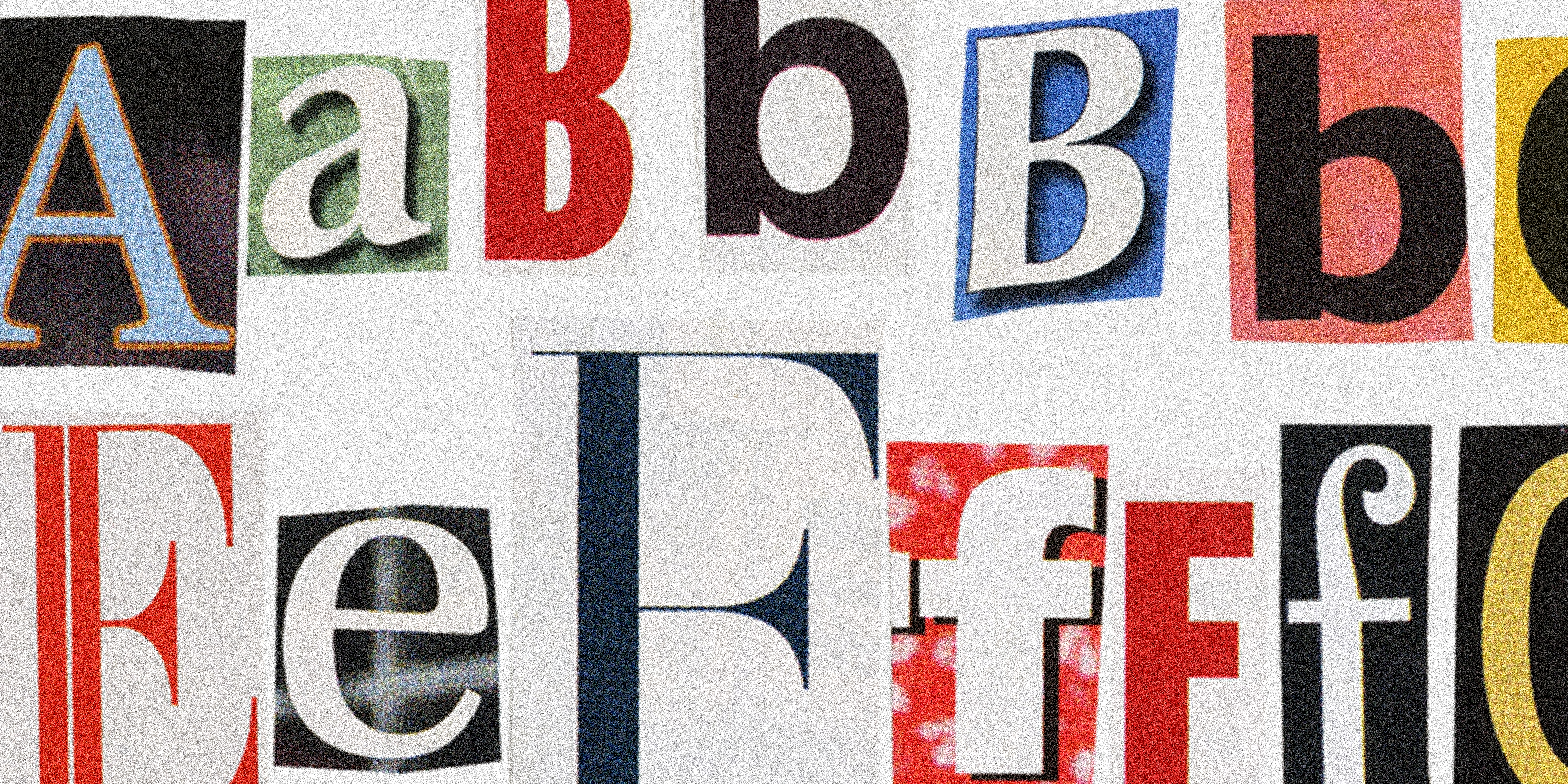Control the chaos and unleash your team's potential with Extensis Connect / Learn More
Control the chaos and unleash your team's potential with Extensis Connect / Learn More

If you recently opened an Adobe creative project, you may have noticed some Adobe Fonts removed from your files. That’s because on June 15, 2020, Adobe retired 50 font families (about 700 fonts) from the type foundries Font Bureau and Carter & Cone. These fonts will no longer sync with your creative files in Adobe unless you own them outright. Retired Adobe Fonts can cause some issues in your creative process and completed work, so we wanted to break down how to prepare for future Adobe Fonts removals.
How you will adjust to this change really depends on whether or not you use any of these fonts, and if so, to what extent. Essentially, when you open a file using one of these fonts, you will get an error message. It’s time to either replace the fonts or purchase them. If you just used these fonts in a couple files, you’re likely to experience a mild inconvenience. However, if you have regularly used these fonts prior to Adobe retiring them from its catalogue, you have your work cut out for you.
One option is to identify where the fonts are used, and just buy them outright. Then, they’re yours to use as you see fit — provided you use them in accordance with licensing. While this option can get expensive depending on the volume of fonts and projects, it might be worth it. On the one hand, if you just have a couple projects that require fonts, it can be a very affordable investment. On the other hand, if you have several projects with these fonts, including templates, the cost will be much higher — but you’re also looking at saving many hours of work.
Your other option would be to manually replace these fonts with different fonts. It might sound easy to just swap out one font for another, but designers know this can eat up lots of time and effort, especially with InDesign documents. Mike Rankin at InDesign Secrets points out that this process can become, “… a production nightmare with text reflowing and going overset, glyphs disappearing, etc. So even if the new version of a project only required minor edits, you’ll need to plan for fixing and proofing the whole thing…which can also be very expensive.”
This isn’t the first time that Adobe has removed fonts from its subscription library. Remember that type foundries have their own business concerns, and that various font families can be removed for any number of reasons at any given time. If you’re relying heavily on Adobe Fonts licenses made available by your Adobe Creative Cloud subscription, your font foundation might not be very strong. The best way to prevent font issues like this in the future is to buy most or all of the fonts you’re using.
It can be tempting to keep purchasing costs low for your fonts, but we’ve all heard the expression, “buy it nice or buy it twice.” By slowly building your font collection over time, you might actually save money in the long run. Buying licenses as you need them is definitely more affordable than rushing to purchase multiple families of fonts when they cease to be “free” or “complimentary” Adobe Fonts.
It’s also worth noting there are many amazing type designers and conscientious font foundries out there. When you invest in your font collection, you’re directly supporting other creatives and the design industry.
Building and managing a font collection over time will allow you to take control of typography in your workflow. By owning fonts outright instead of relying exclusively on Adobe Fonts, you can be certain that your fonts will always be there when you need them. Adobe Fonts remains an incredibly valuable resource; providing access to thousands of fonts for Adobe Creative Cloud subscribers. It can be a great tool to find that perfect typeface you need for a new project, and we’re certainly not suggesting that you rush to purchase licenses for every single Adobe Font you’ve ever used.
Regardless of how much of your font collection you actually own, you’ll want to keep your collection as organized as possible. Extensis font management solutions can help you manage any Adobe Fonts you’re using and the fonts you own outright. Designers using Suitcase Fusion, Suitcase TeamSync, and the UTC client for Universal Type Server can choose to organize by style, foundry, third-party collection, and more. By creating a single Font Library for the Adobe Fonts in your collection, you’ll always be able to tell exactly which fonts are susceptible to becoming retired Adobe Fonts.
One thing we would definitely recommend is to monitor your own Adobe Fonts reliance. If you find yourself using one font or font family frequently in your work for a specific brand or client, consider purchasing that font. That way if they become retired Adobe Fonts, you’re covered — and so is your work.